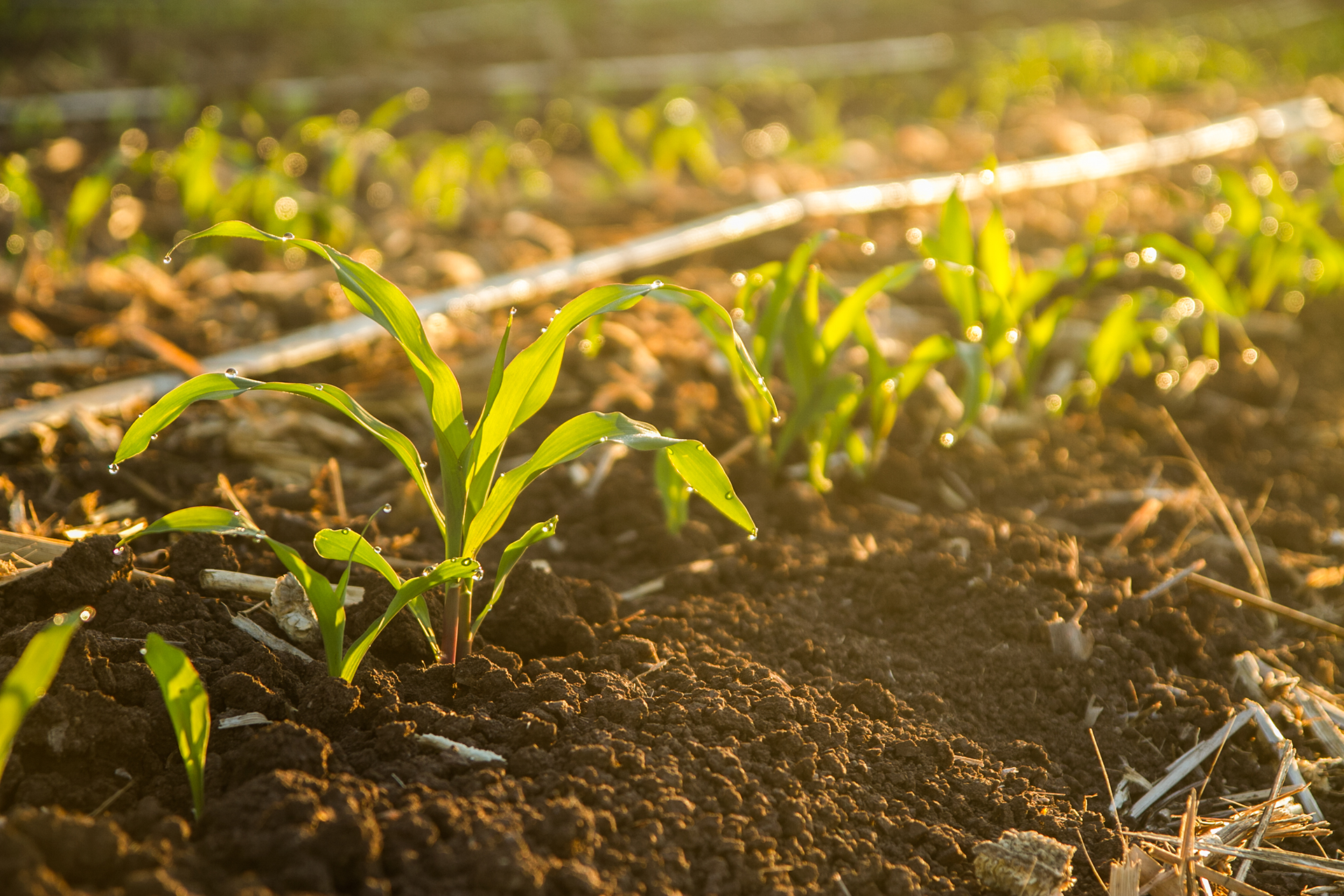Over the past decade rainfall patterns in Africa have been less consistent to a point of even being non-existent in some areas. This unfortunate occurrence costs millions of farmers their livelihood as they are unable to supply markets with produce, or reducing their profitability, increasing debts for those who obtained loans, and causing employee loss as they fail to remunerate them. The past year Ethiopia, Somalia, and Kenya have faced a drought onslaught that resulted in over 16,7 million people facing food shortages.
Droughts exhibit themselves periodically as drought cycles which are alternating wet and dry periods that occur in a specific region. In recent years, these cycles have intensified and are longer and less humid. Euklidiadas (2021) states that the African drought cycles have a noticeable ‘natural’ component: they are partly caused by geophysical phenomena that make the continent’s humidity fluctuate. Unfortunately, in addition to these phenomena, emissions of greenhouse gases from human activities have led to serious droughts amplified by global warming.
Extreme weather events in Africa in January-October 2022. Data source: Emergency Events Database (EM-DAT). Map by Joe Goodman for Carbon Brief.
Drought cycles experienced in sub-Saharan Africa are either short and often annual, or long and unpredictable. The short and annual cycles are caused by the annual monsoon that blows across the central-western African area, and the long and unpredictable ones are determined by how atmospheric and climate variables interrelate.
The effects of droughts are environmental/agricultural, economic, and social. From an environmental/agricultural standpoint a drought reduces forest, crop and land productivity, water levels, water quality, and cloud cover.
Droughts cause increased daytime temperatures and evapotranspiration, and increased costs to access water for crop or forage irrigation, watering livestock, and feeding them. Then there is the loss or destruction of fish habitats. Water levels in reservoirs, lakes, and ponds decrease, which in turn can result in the loss of wetlands and generating more wildfires.
The domino impact of the above effects is the loss of biodiversity, reduced income and food shortages, plant scorching, increased soil erosion, wind erosion, and air pollution. There are higher incidences of poor water availability for plants and animals, and increased prevalence of diseases.
Farmers consequently have reduced income as their produce volumes decrease and animals produced are of inferior quality. There are job and property losses, and farmers are forced to seek financial loans to remain afloat or to start over.
Hydroelectric power companies may have to spend more money on other fuel sources. This in turn results in higher prices for farming inputs, expensive imports/substitutes, and low market prices for livestock. Farmers face increased debt and financial institutions face higher credit risks. Agribusinesses that depend on farming lose revenue.

On the social side, droughts instigate an increase in pollutants, layoffs, and food insecurity, not forgetting the disrupted distribution of water resources. It results in inequitable drought relief, increased forest and range fires and higher urbanisation.
These effects in turn result in poverty, malnutrition, public health risks, social unrest, and increased threat to human and animal life. Agricultural labour is also more susceptible to anxiety or depression about economic losses caused by drought.
Governments and the agricultural sector can fight droughts and mitigate their effect by preparing for both future droughts and climate change with drought emergency plans that promote practicing water conservation and enhancing water efficiency throughout landscapes, city plans, and water infrastructure
Going green can also aid in decreasing droughts, effects. Improved energy efficacy in buildings by for instance using renewable energy like solar can lessen the demand on water from hydroelectric sources.
Rehabilitation of degraded cropland and rangeland must be encouraged. This can be implemented through the use of mixed cropping systems that incorporate the planting of drought-resistant crops. Zero or minimum tillage systems together with the integration of trees in crop production systems can help deter wind and water erosion, and sustainable livestock management that combines the use of zero grazing can be practised.
The participation and training of the agricultural community in the development of soil and water conservation strategies are essential. Drought fighting programmes need to be supported by research into the causes and the most efficient methods to mitigate their effects and domino impacts.

Zimbabwe Flood and Drought Monitor as on 12 December 2022. (Source: http://hydrology.soton.ac.uk/apps/zim_app/)
As Orimoloye (2022) said: “It is necessary to appraise drought disasters by incorporating climate information, environmental and economic implications of drought in the study area and the surrounding environments. This will help in identifying the contributing factors and the actual impacts of its occurrences in the region.”
References
Nash, D. (2022) Is eastern Africa’s drought the worst in recent history? And are worse yet to come? Available at: https://climatechampions.unfccc.int/is-eastern-africas-drought-the-worst-in-recent-history-and-are-worse-yet-to-come/. (Accessed: 23 October 2022)
Drought and climate variability in the Limpopo River Basin. Available at: https://www.fao.org/3/y5744e/y5744e04.htm
Euklidiadas, M. M. (2021) What causes the drought cycles in Africa? Available at: https://tomorrow.city/a/what-causes-the-drought-cycles-in-africa
(2022) How Does Drought Affect Our Lives? Available at: https://drought.unl.edu/Education/DroughtforKids/DroughtEffects.aspx
(2022) The Horn of Africa is facing an unprecedented drought. What is the world doing to help solve it? Available at: https://www.weforum.org/agenda/2022/07/africa-drought-food-starvation/
Orimoloye, I. R. (2022) Agricultural Drought and Its Potential Impacts: Enabling Decision-Support for Food Security in Vulnerable Regions. Available at: https://www.frontiersin.org/articles/10.3389/fsufs.2022.838824/full
Drought and Climate Change. (2022) Available at: https://www.c2es.org/content/drought-and-climate-change/
White, T. (2021) Increasing droughts and floods on the African continent Available at: https://www.brookings.edu/blog/africa-in-focus/2021/10/08/increasing-droughts-and-floods-on-the-african-continent/
How does drought affect farmers? Available at: https://www.dairy.com.au/dairy-matters/you-ask-we-answer/how-does-drought-affect-farmers
Ram, L. R., Fares A., Risch, E. (2018) Effects of Drought on Crop Production and Cropping Areas in Texas. https://doi.org/10.2134/ael2017.11.0037













